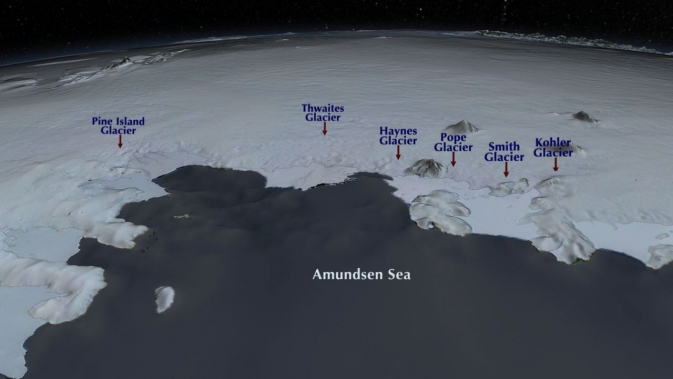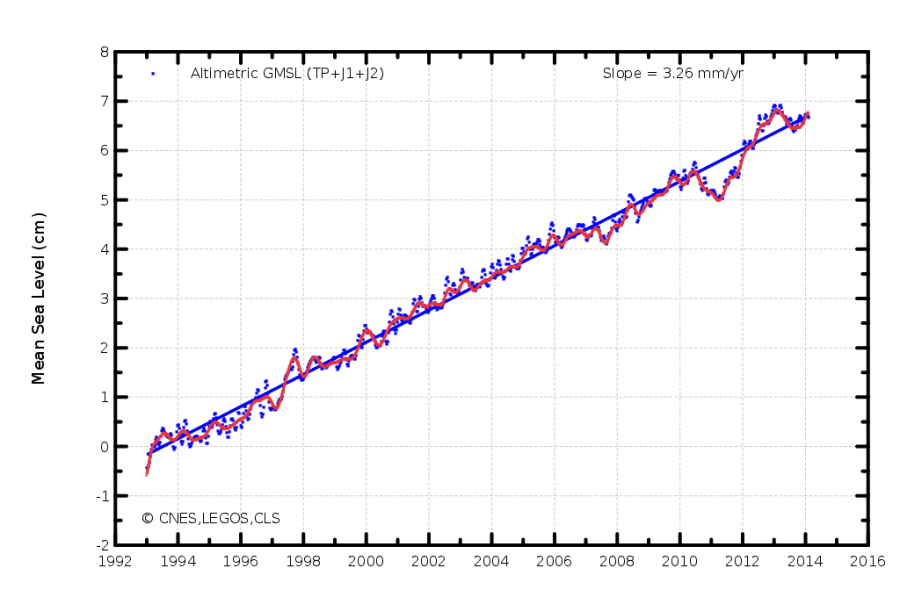We are DEVO
Four car garage
and we're still building on
-Willie and Waylon (Lukenbach Texas)
is the hardest thing
-Tom Petty
Greetings
Now that the EIA has popped our bubble on the miracle of fracking in California, maybe its time to look at what things might look like in a world of falling oil production.
At first, of course, we'll just let the price rise, and scream about environmentalists interfering with drilling.
But at some point we'll start to think about the "R" word. That's right: "rationing". Under rationing , we first make sure the essential stuff is covered, then parcel out the rest.. So you and I "driving around buying stuff" are last in line. ( For instance, during WW2 we would get 3- 4 gallons per week.) Here's a summary of the 1980 rationing plan
And then?
Here's a nice speculative piece by Alice Freidman. She has a blog called Energy Skeptic. Its a regular encyclopedia of stuff about resources. Here's an interview with her on the Kunstler cast.
Anyway, she takes a look at the total transportation picture, then backs out the "non essential" and allocates that oil to the "essentials". (Under this scenario, we get 0 gallons a week,) Then she tries to figure the decline rate, and see's where the total equals the "essentials". Using her assumptions, oil production. takes a serious dive, and is equal to the amount needed for essential use in 16 years!
Your numbers may vary! But I think its a worth while exercise. Her decline number seem severe (4/5/6/7/8/9/10/10 /10/) , but the rate incorporates a combination of effects First is the normal decline rate: Estimates for this run between 4.5% (CERA) to 6.7 -8.6% ( IEA). (Chris Nelder uses 5%) For more info, see here, and here
The second factor takes into consideration the "Export Land Model". The amount of oil available on the world market is already declining, and has been declining since 2006. It will decline faster than the decline rate for production, because exporting countries will continue to subsidize oil use by their own people. ( For a nice presentation of population growth and subsidies in oil producing countries see here.) This will accelerate the decline for the 40% or so that the US imports.
The third factor deals with the decline rate in the US. And it accounts of the "net energy" of the product. As local firms rely more and more on fracking, the "energy cost" of the oil goes up, and less energy is left over for the rest of the economy. Thus, according to one study, one barrel of oil invested in production of more oil yielded 15 barrels in 2000. By 2010, the return had dropped to 10! see here .
Time to grease up that bicycle!
-------
Introduction
The problem we face is a liquid fuel crisis. Absolutely essential vehicles, such as agricultural tractors and combines, railroads, and trucks run on diesel fuel, ships on bunker fuel. They can never be battery or fuel-cell operated or electrified, nor do we have the decades it would take to build a new fleet even if there were a solution.
In 2011, the United States burned 29021 trillion BTU’s of mainly petroleum, which represented 13 billion tons of freight worth $11.8 trillion moved 3.5 trillion ton-miles:
- Trucks: 69% 1.4 trillion miles 9.0 billion tons
- Trains: 15% 1.3 trillion miles 1.9 billion tons
- Ships: 3%
Non-essential Transportation Fuel (see Table 1 below)
1) Cars (28%) and light trucks (26%) use 55% of transportation fuel. Let’s shift all of that55% to essential vehicles. Implication: Just about everyone will be forced to move to cities because gas stations will be closed, and petroleum will mainly be refined into diesel,which gasoline cars can’t burn.
2) Let’s give most of this fuel to essential vehicles: 7% air travel, 1% recreational water boats, 3% Construction and Mining, 1% recreational vehicles (snowmobiles, etc). That’s another 11% shifted to essential vehicles (leaving 1% for the above, mainly to maintain and fix infrastructure).
3) Essential vehicles: 20% Medium (class 3-6) and Heavy trucks (class 7-8), 4% ships, 2% rail freight, 3% pipelines, 2% agricultural. A lot of this freight isn’t essential, so about half of this, 15%, can be saved by not shipping non-essential cargo and shipping essential goods shorter distances.
Essential transportation has been given 81% of diesel from other non-essential sources (55% + 11% + 15%).
Meanwhile, local and global production of oil will be dropping off rapidly
First, there’s the decline of oil from our own and global oil fields (peak oil production was reached in 2005), oil producing countries will export less because they’re using more oil themselves (ELM model), America and other nations are likely to be outbid by China, India, etc., for oil exports. Second, there’s the net energy cliff and the decline in the RATE of what we can get out of the ground now that petroleum is gunky and in remote places. Third, the financial system can interfere with oil production – when credit dries up after the next financial crash, the money to drill won’t be available.
Optimistic scenario: 20 years before we hit the wall
The likely decline rate is expected to accelerate. We’ve been on a plateau since 2005, but once production heads downhill, here’s a guess at what the decline rate might be per year: 4%, 5%, 6%, 7%, 8%, 9%, and 10% from then on.
But not to worry, we’ve got some wiggle room. Remember, of the grand total of 29021 trillion BTU’s of petroleum burned in America (Table 1 below), 81% was reassigned from non-essential vehicles and cargo to essential agriculture, railroads, trucks, industrial infrastructure equipment, and miscellaneous important vehicles (ambulances, police cars, military, etc).
The other 19% — 5,541 trillion BTU — is the rock-bottom amount we need to keep society going.
With a 4/5/6/7/8/9/10/10 /10/….. decline rate scenario, we’ll dip below the essential transportation fuel needed 16 years from now.
Of course, we can import/export less cargo, grow food locally, stop immigration, encourage 1-child families, ship goods shorter distances, and many other oil-reducing strategies as well. This is when techno-optimists have a chance to shine, and Postcarbon, Bay Localize, Transition Towns, and many other groups help governments and communities adapt. If all goes well, panic is avoided, and diesel fuel can be stretched out even further, that could delay collapse another 4 years.
Pessimistic scenario: 1-12 years before we hit the wall
What if states that produce energy and/or have refineries stop sharing diesel and gasoline with other states at some point? In that case, Alaska, California, Texas, Louisiana, etc., might last longer than 20 years and other states would hit the wall sooner.
Also, there are many black swans. Here’s some wild guesses about how soon collapse might come if one of them strikes:
1 year if there’s a small nuclear war, China or some other nation takes down America’s electric grid(s) in a cyberwar, or a world war erupts.
2-5 years if there’s a major disaster, because that will probably bring down the financial system and also drive up prices of oil, natural gas, electricity, wood, cement, steel, and other resources needed to recover with.
- Hurricanes take out Gulf Coast refineries or drown New York city.
- Tsunamis or an Earthquake in Tokyo, Los Angeles, San Francisco.
- ARKStorm in California.
- Volcanic Eruptions in Japan, United States, and so on.
- Anothe Fukushima or Chernobyl event at a nuclear power plant near a major city
3-8 years if the financial system collapses and several other events are triggered, such as social chaos, no credit left for new oil wells to be drilled, and other knock-on effects.
5 years if nations go back to negotiating deals between producing and non-producing nations and bypass the international oil market. That could suddenly cut off America’s oil imports. We’re already seeing this with the historic deal Russia and China just cut for natural gas. China, India, and other countries can afford to pay more than the United States for oil. Other nations are far closer to Russia and OPEC nations, where 83% of world reserves lie.
8-10 years if America decides to go back to the Middle east to keep other nations from getting the 2/3 of oil reserves there. Our military can’t fight without oil, so that means a lot less for everyone else
Okay. I’m going to stop guessing. I have no idea how much sooner collapse would occur given various events, or what the actual decline rates will be. But here are a few more black swans to think about:
- Oil shocks make investors “Peak Oil Aware” and world-wide stock markets crash
- Decline rates even higher than posited above due to a combination of the Export Land Model and middle eastern countries having lied about how much oil reserves they had.
- Oil choke-points are blocked by terrorists or nearby nations
- War breaks out in the Middle East
- Peak coal, peak natural gas, peak uranium, peak sand, peak water, peak topsoil, peak phosphorous, etc
- Electric grid outages increasingly common
- Our infrastructure is falling apart, many bridges are beyond their life-span or dangerously in need of repair, ports, energy pipelines, water treatment, sewage treatment, and other essential infrastructure has a life-span less than 50 years. The steel is rusting and the concrete is falling apart.
So, what do you think?
Alice Friedemann www.energyskeptic.com
Table 1. Transportation energy use in America 2011 by BTU
| Trillion BTU 2011 | % | Trillion BTU 2011 | |||
| TOTAL | 29021 | ||||
| HIGHWAY | 21,815.3 | 0.75 | % | ||
| Light vehicles | 15823.1 | 0.55 | cars | 8140.9 | 0.28 |
| light trucks | 7629.0 | 0.26 | |||
| Motorcycles | 53.2 | 0.00 | |||
| Buses | 194.4 | 0.01 | Transit | 91.5 | 0.00 |
| Intercity | 29.8 | 0.00 | |||
| School | 73.1 | 0.00 | |||
| Medium & Heavy trucks | 5797.8 | 0.20 | Class 3-6 trucks | 1282.6 | 0.04 |
| Class 7-8 trucks | 4515.2 | 0.16 | |||
| NON-HIGHWAY | 5,151.9 | 0.18 | |||
| Air | 2162.1 | 0.07 | General aviation | 227.1 | 0.01 |
| Domestic Air | 1494.7 | 0.05 | |||
| International | 440.3 | 0.02 | |||
| Water | 1388.1 | 0.05 | Freight | 1143.2 | 0.04 |
| Recreational | 244.9 | 0.01 | |||
| Pipeline | 949.0 | 0.03 | Pipeline | 949.0 | 0.03 |
| Rail | 609.1 | 0.02 | Freight (Class I) | 514.6 | 0.02 |
| Rail passenger overall | 140.9 | 0 | Passenger transit | 94.5 | 0.00 |
| Passenger commuter | 31.9 | 0.00 | |||
| Passenger Intercity | 14.5 | 0.00 | |||
| OFF-HIGHWAY | 2,053.9 | 0.07 | |||
| Agricultural Equipment | 573.9 | 0.02 | Tractors, mowers, combines, balers, | ||
| Airport ground Equipment | 15.1 | 0 | |||
| Construction & Mining | 918.1 | 0.03 | Pavers, rollers, drill rigs, graders, backhoes, excavators, cranes, mining equipment | ||
| Industrial Equipment | 340.2 | 0.01 | Forklifts, terminal tractors, sweeper/scrubbers | ||
| Logging Equipment | 24.7 | 0 | Feller, buncher, skidder | ||
| Railroad maintenance | 3.7 | 0 | |||
| Recreational equipment | 178.2 | 0.01 | Off-road motorcycles, snowmobiles, ATV, golf carts, specialty vehicles | ||
| Source: Chapter 2. Energy. Oak Ridge Natinoal Laboratory, Center for Transportation Analysis. | |||||
| http://cta.ornl.gov/data/ |
Labels: energy skeptic, EROI, Export land model, net energy, Peak Oil, rationing




